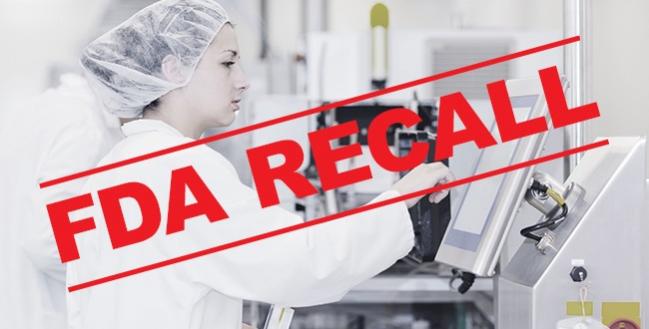HawkOne Directional Atherectomy System Recalled Due to Risk of Tip Breakage
The FDA says there have been 55 reported injuries, but no deaths, due to the tip breaking off or separating during use.

The US Food and Drug Administration (FDA) said today that Medtronic is recalling its HawkOne Directional Atherectomy System due to reports of the guidewire prolapsing when force is applied, which can cause the tip to break off or separate. The FDA has identified this as a Class I recall, the most serious type.
The atherectomy system, used to treat peripheral artery disease, consists of a catheter and a cutter driver. According to the FDA, Medtronic sent an Urgent Medical Device Notice letter regarding more than 95,000 of the devices to users and institutions on December 6, 2021.
There have been 163 complaints related to the recall issue, with 55 injuries reported but no patient deaths. Potential injuries from tip breakage include arterial dissection, arterial rupture, ischemia, and/or vascular complications that could require surgical repair or additional procedures to capture and remove the embolized tip.
In a statement to TCTMD, Medtronic said that while most of the reported instances were resolved without patient issue, “a small number required endovascular retrieval (0.033%) or open surgical retrieval (0.028%).” The company also emphasized that there are no product retrievals or disposal requests associated with the recall, and that the intended purpose is to “reiterate existing warnings and precautions in the HawkOne Instructions for Use (IFU) related to the risk associated with tip damage caused by guidewire prolapse.”
The FDA says before using the HawkOne device, clinicians should review the instructions included with the product, as well as note the warnings and precautions listed in Medtronic’s letter. Among those warnings are:
- Do not torque the catheter shaft more than 360 degrees in one direction.
- Always use direct fluoroscopic observation when manipulating the catheter in the peripheral vessels.
- Never advance the distal tip near the floppy end of the guidewire.
- Avoid excessive movement of the catheter within the vessel at all times
- Do not use in bends in excess of 90 degrees
L.A. McKeown is a Senior Medical Journalist for TCTMD, the Section Editor of CV Team Forum, and Senior Medical…
Read Full BioSources
US Food and Drug Administration. Medtronic Inc. recalls HawkOne directional atherectomy system due to risk of tip damage during use. Published and Accessed on: January 21, 2022.




Comments